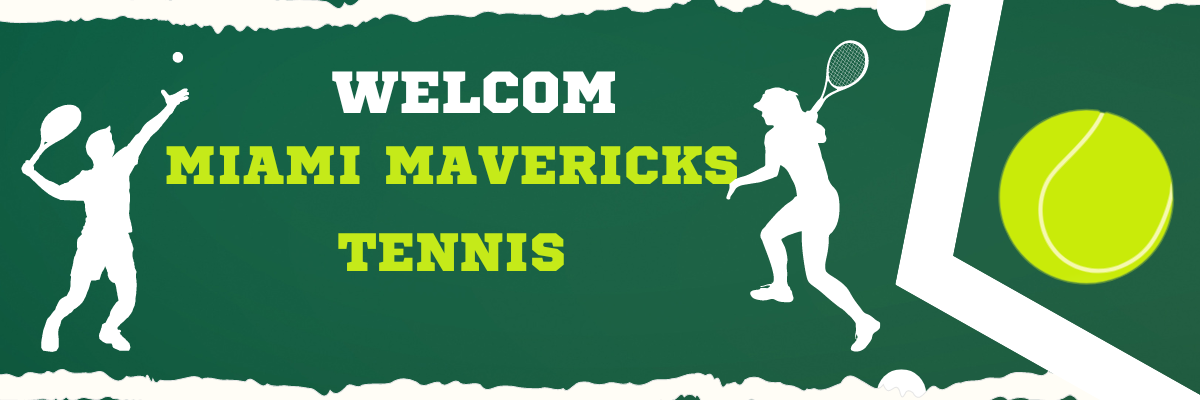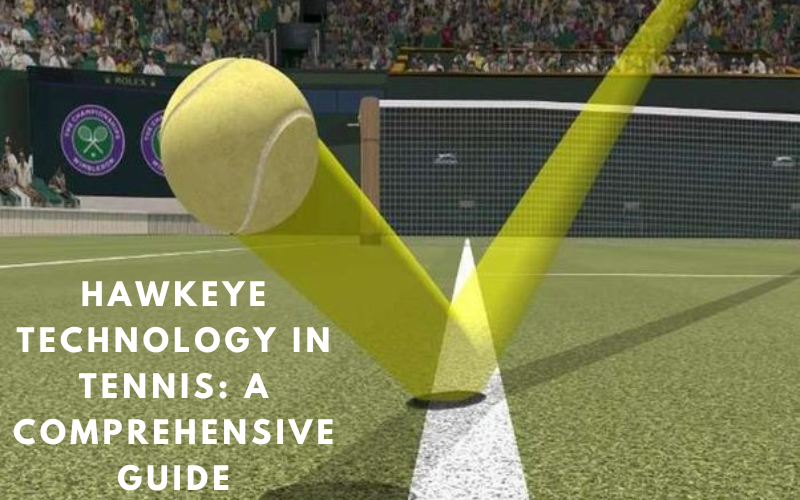Are you curious about Hawkeye technology in tennis and how it works? Look no further! Our blog post explains everything you need to know. From its implementation in 2001 to its current use, we’ll provide you with all the details you need to understand what Hawkeye is and how it revolutionized the game.
Don’t miss out on this informative article – read on to learn more about Hawkeye in tennis.
Table Of Contents
- Understanding Hawkeye Technology in Tennis
- FAQs
- What Is The Cost Of Implementing Hawk-Eye Technology In Tennis?
- Accuracy of Hawk-Eye in Tennis: Is it Possible for the Technology to be Incorrect?
- What Are The Limits Of Using Hawk-Eye In Tennis Matches?
- Need Information About the Creator of Hawk-Eye? Find Out Here
- Why isn’t Hawk-Eye Used at the French Open?
- Does the US Open Use Hawk-Eye Technology?
- What Does it Mean to be a Gold Badge Umpire in Tennis?
- Conclusion
Understanding Hawkeye Technology in Tennis
Hawk-Eye™ is a revolutionary technology used in tennis to enhance the accuracy of line calls. This system uses up to 10 different perspectives to track the ball’s movement and determine its projected path.
Hawk-Eye™ then compares this output with data from other cameras and mobile devices submitted by amateurs in the crowd to determine the accuracy of the call with an impressive 90% agreement rate.
With Hawk-Eye’s Optical Technology, linesmen can confidently confirm the ball’s trajectory as it bounces in and out of the court’s sidelines. The software uses triangulation to calculate the ball’s position accurately, and eight cameras monitor every angle of play. The software creates a small cluster on the screen when the ball’s position is precisely aligned with its projected path, whether the ball is called in or out.
This result makes it easier for players and spectators to identify a precise point of impact on the court. So, if you’re a tennis fan, you shouldn’t miss this article to learn more about “What is Hawk-Eye in tennis?”

FAQs
What Is The Cost Of Implementing Hawk-Eye Technology In Tennis?
Hawk-Eye is a premium technology system that can significantly enhance the accuracy of line calls in tennis matches. While it’s not the most affordable system to adopt, it provides features that are invaluable to players and spectators.
The cost of implementing Hawk-Eye can vary depending on the venue, as each court has unique requirements.
In general, the cost of setting up Hawk-Eye at a stadium can range between USD 25K (INR 18 lakh) and USD 75K (INR 55 lakh).
Despite the initial cost, Hawk-Eye’s reliable radar and triangulation technology make it a worthwhile investment for any tennis facility looking to improve the precision of line calls.
Accuracy of Hawk-Eye in Tennis: Is it Possible for the Technology to be Incorrect?
If you’re a tennis fan, you might have heard about Hawk-Eye, the technology that helps determine where a ball lands on the court.
While Hawk-Eye is generally more accurate than a human lines-judge, it’s not always 100% perfect, and there have been cases where it got the call wrong.
Nonetheless, the difference is often so slight that it’s hardly noticeable to the spectators. It’s worth noting that the system can identify shots with a 5mm accuracy, although this may have improved with advancements in camera technology.
What Are The Limits Of Using Hawk-Eye In Tennis Matches?
As a tennis fan, it’s essential to know the rules for challenging line calls. At Wimbledon, players have a maximum of three challenges per set to dispute the umpire’s line decision.
Once a player exhausts all three challenges, they can’t contest any more line calls in that set. However, if the set goes into a tiebreak, players get an additional challenge. It’s worth noting that the challenge can be rejected if the umpire considers it unreasonable.
Knowing the rules of line calls can significantly impact the game’s outcome and keep players from losing an unnecessary challenge.
Need Information About the Creator of Hawk-Eye? Find Out Here
Paul Hawkins is an English inventor who developed a technology primarily for sports purposes. Initially designed for cricket games, he later adapted the system for use in other sports matches as well.
Why isn’t Hawk-Eye Used at the French Open?
Clay courts pose a unique challenge for installing the Hawk-Eye technology as the ball leaves a mark when it bounces on the surface.
The ball’s trajectory is then tracked using these marks, known as “traces” in tennis terminology. Despite advancements in the installation of such systems, officials refrain from using them due to their vulnerability to tampering or servicing by unaccredited personnel.
However, players advocate for the use of this technology in events like the French Open.
Does the US Open Use Hawk-Eye Technology?
Absolutely! If you’re a fan of the US Open, you’ll be happy to know that the tournament has expanded its use of the Hawk-Eye Live electronic ball tracking system in 2021. All contest courts will now have accurate player positioning and shot trajectory thanks to this technology. In fact, the expanded usage of the system has already led to over 314,000 correct calls during the tournament. This makes for a much more exciting and fair game for players and spectators alike.
What Does it Mean to be a Gold Badge Umpire in Tennis?
Experienced tennis officials who have earned gold badge awards are considered to have reached the pinnacle of their profession and are eligible to officiate at the highest level of world tennis competitions. These officials have the privilege of leading players on the WTA Tour, ATP World Tour, and Grand Slam into action. It is worth noting that this list only includes officials who have held their respective gold badge awards and not referees or chief umpires.
Conclusion
Thank you for reading our article on “What is Hawkeye in tennis?” We’re thrilled to see the positive impact that new technologies can have on the game. If you have any questions or issues, please feel free to leave a comment below, and we’ll be happy to help. You can also contact us via email for further assistance.
Thank you again for reading, and we look forward to seeing you in our next article!


